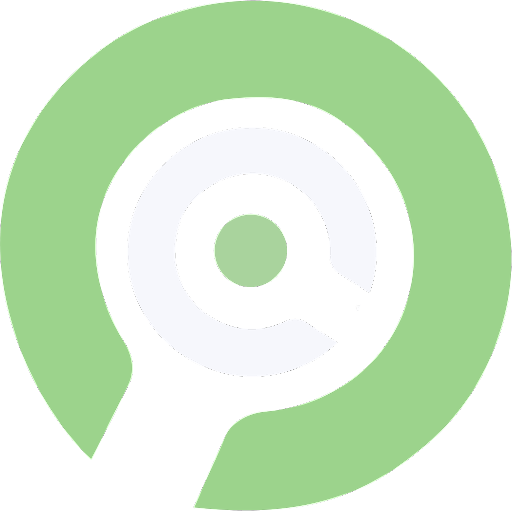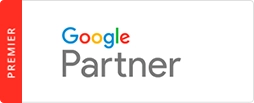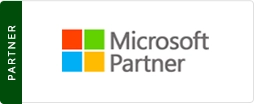Pay-per-click (PPC) advertising remains one of the most powerful tools for driving targeted traffic to your website. However, driving traffic is only half the battle. The true measure of your PPC campaign’s success lies in converting that traffic into meaningful business actions–sales, sign-ups, downloads, or inquiries.
This is where your PPC conversion rate becomes the critical metric that determines the ROI of your entire advertising effort. A strong conversion rate means you’re not just paying for clicks, but you’re effectively turning those clicks into business results.
Let’s dive deep into everything you need to know about PPC conversion rates–from basic calculations to advanced optimization strategies that can elevate underperforming campaigns into conversion powerhouses.
What is a PPC Conversion Rate?
Before we get into the details, let’s establish a clear definition:
Your PPC conversion rate is the percentage of visitors who clicked on your ad and then completed a desired action on your website or landing page.
The desired actions (conversions) can include making a purchase, filling out a contact form, signing up for a newsletter, downloading a resource, requesting a demo, creating an account, making a phone call, and more.
What counts as a conversion depends entirely on your business goals, but the fundamental principle remains the same–you’re measuring how effectively your ads and landing pages work together to drive meaningful business outcomes.
How to Calculate Your PPC Conversion Rate
The basic formula for calculating the conversion rate is straightforward:
Conversion Rate = (Number of conversions ÷ Number of Ad clicks) x 100
For example, if your Google Ads campaign received 1000 clicks and generated 50 conversions, your conversion rate would be:
(50 ÷ 1000) x 100 = 5%
This means 5% of the people who clicked on your ad went on to complete your desired action.
Where to Find Your Conversion Rate Data
Most PPC platforms provide built-in conversion tracking and reporting:
Google Ads:
- Sign in to your Google Ads account
- Click on “Campaigns,” “Ad Groups,” or “Ads & Extensions” in the left menu
- Look for the “Conv. rate” column in your data table
Microsoft Ads
- Navigate to the “Campaigns” tab
- Select “Campaigns,” “Ad Groups,” or “Ads” view
- Find the “Conv. rate” column in your reports
Facebook Ads
- Go to Ads Manager
- View your campaign, ad set, or ad performance
- Add the “Website Conversion Rate” column if it’s not already visible
Remember to ensure proper conversion tracking is set up on each platform before relying on these numbers. This typically involves adding tracking code to your website and configuring actions within each ad platform.
What is a Good PPC Conversion Rate?
This is probably the most common question we receive, and the answer is nuanced: It depends on your industry, campaign type, conversion action, and business model.
According to research, the average conversion rate across all industries in Google Ads is approximately 3.75%. However, averages tend to mask significant variation across industries. For example, the legal industry has a nearly 7% average conversion rate while E-commerce trends are under 2%.
Why Conversion Rate Matters
Understanding why conversion rates are critical helps frame the importance of optimization.
Direct Impact on ROI
Your conversion rate directly affects your Return on Investment (ROI). Consider two campaigns with identical spend:
Campaign A:
- $1,000 spend
- 1,000 clicks ($1 CPC)
- 2% conversion rate = 20 conversions
- $50 cost per conversion
Campaign B:
- $1,000 spend
- 1,000 clicks ($1 CPC)
- 4% conversion rate = 40 conversions
- $25 cost per conversion
By doubling the conversion rate, Campaign B generates twice as many conversions for the same budget, effectively cutting the cost per conversion in half.
Quality Score Benefits
In Google Ads, higher conversion rates can positively impact your Quality Score through improved landing page experience scores, better ad relevance assessments, and higher expected CTR.
A higher Quality Score leads to better ad positions and lower costs per click, creating a virtuous cycle of improvement.
Competitive Advantage
In any market, even small conversion rate advantages can create significant market share differences over time. If you convert at 4% while competitors convert at 2%, you can acquire twice as many customers with the same budget or match acquisition numbers while spending half as much.
Either way, you gain a sustainable competitive edge.
Proven Strategies to Increase Your PPC Conversion Rate
EMSC can help you with actionable strategies that can help boost your conversion rates across your PPC campaigns.
Refine Your Keyword Strategy
The foundation of conversion begins with targeting the right keywords.
- Focus on intent: Prioritize keywords that signal purchase or conversion intent (e.g., “Schedule HVAC Service” vs. “HVAC Service”)
- Use long-tail keywords: These typically have higher conversion rates due to their specificity
- Add negative keywords: Prevent your ads from showing for irrelevant searches that won’t convert
- Group keywords tightly: Create small, tightly themed ad groups where all keywords share a similar intent
Write Compelling, Specific Ad Copy
Your ad copy sets expectations and pre-qualifies visitors.
- Address the user’s problem directly in the headlines
- Include specific benefits and unique selling propositions
- Use numbers and statistics when applicable (e.g., “50% Off” or “Save $100”)
- Add urgency with time-limited offers when appropriate
- Test different emotional appeals
- Be transparent about pricing or commitment required
Leverage Ad Extensions
Ad extensions increase your ad’s real estate and provide additional conversion paths.
- Use sitelink extensions to direct users to high-converting pages
- Add callout extensions to highlight key benefits or offers
- Implement call extensions for businesses that convert well over the phone
- Use structured snippets to showcase specific offerings
Implement Smart Bidding Strategies
Leverage industry expert knowledge to optimize for conversions.
- Use Target CPA (Cost Per Acquisition) bidding to maintain a consistent cost per conversion
- Utilize Target ROAS (Return on Ad Spend)
- Consider enhanced CPC for smaller accounts with fewer conversions
- Use Maximize Conversions when launching new campaigns to gather data
Create Dedicated Landing Pages
Generic website pages rarely convert as well as dedicated landing pages.
- Create specific landing pages for each campaign or ad group
- Focus each page on a single offer or conversion goal
- Remove navigation menus and other exit points
- Maintain a clean, distraction-free design
- Ensure the page delivers exactly what your ad promised
Key Metrics to Monitor Beyond Conversion Rate
While conversion rate is your main metric, you should also track data like bounce rate, time on page, pages per session, and form abandonment rate. Doing this will help you judge who is visiting your website or landing page, how long they remain on the page, what pages they visit, and whether they began the conversion process but abandoned it.
Let EMSC Help You Build a Conversion-Focused PPC Strategy
Improving your PPC conversion rate isn’t about implementing a single tactic or quick fix–it’s about developing a holistic, data-driven approach across the entire customer journey.
By calculating your conversion rates accurately, benchmarking against industry standards, and methodically implementing the strategies outlined in this blog, you can turn your PPC campaigns from traffic generators to conversion machines.
The most successful PPC advertisers don’t just outspend their competition–they out-convert them. By making conversion rate optimization a core part of your digital marketing strategy, you can achieve higher ROI, lower acquisition costs, and sustainable competitive advantage in even the most challenging markets.




